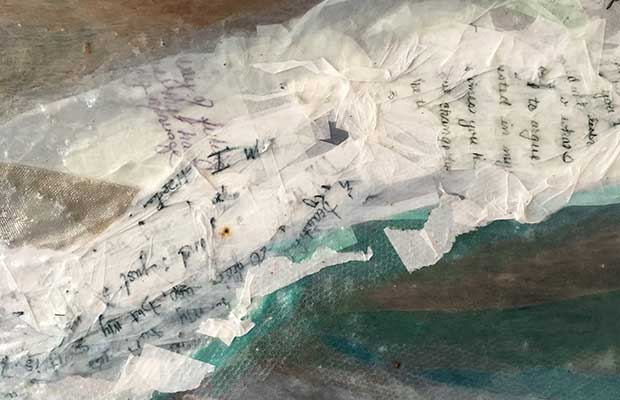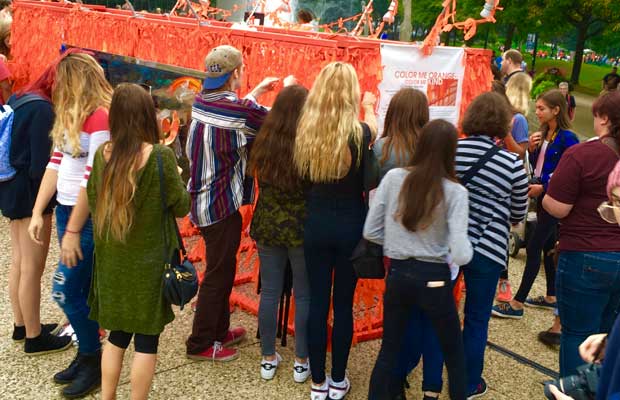Celebrating Healing in Arts!
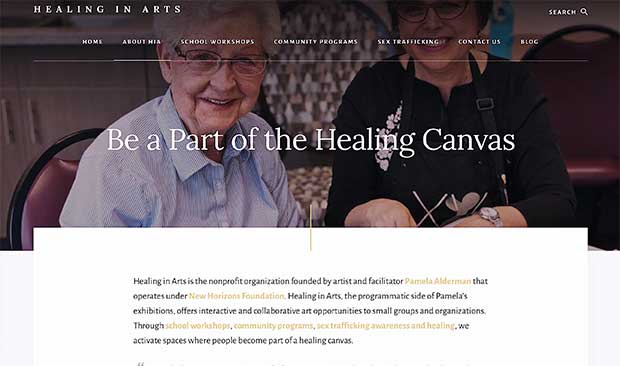
Though our creative roots started locally with a decade of ArtPrize experience, our art outreach has expanded from Grand Rapids to New York to Norfolk to Denver to San Francisco and beyond. With this expansion, we thought it was especially important to clarify what we do, since one of our own contractors—who works for us gratis—said, “I still don’t understand exactly what you do.” My response: “Umm, I think it’s time to clarify!”
For the last few months, Dr. Maria Fee, an artist and adjunct professor at Fuller Theological Seminary, has been helping to develop our nonprofit website that centers on art and healing. Defining, organizing, and communicating our mission has been a crazy amount of work. But Maria has wordsmithed every sentence with us. Her input has been amazing, and we’re so grateful for the end result. Here’s a small explanation that describes what we do:
Healing in Arts, our nonprofit organization, operates under New Horizons Foundation. Healing in Arts offers interactive and collaborative art opportunities for small groups and organizations. Through school workshops, community programs, and social justice art, we activate spaces where people become part of a healing canvas.
We would be remiss not to take this opportunity to thank the generous donors who sponsored this website expansion project. We are so grateful for and humbled by their support. But we also need you to join our team to enable us to cultivate our culture through interactive healing art. This therapeutic work touches children struggling with autism, teens coming out of sex trafficking, women growing in community, veterans struggling with PTSD, seniors adapting to change, and more. Be a part of our healing canvas. Support Healing in Arts now.
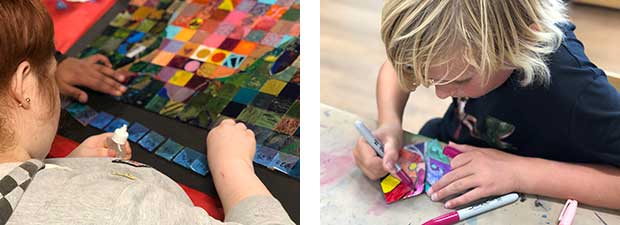
Pamela has a very unique gift for connecting deeply with people through her artwork. There is something in her work that is deeply magnetic and brings out the vulnerability in all of us.
Randy, Healing in Arts supporter
Join Our Team!
We would be so grateful!

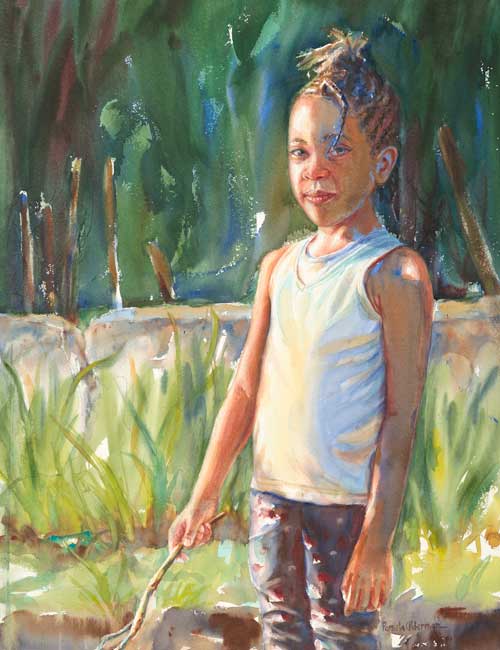
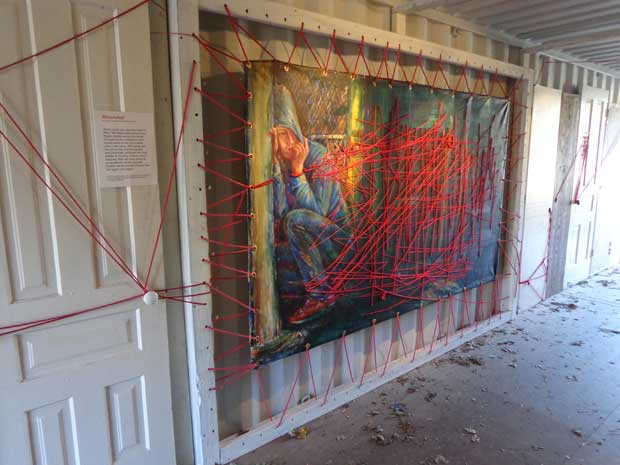
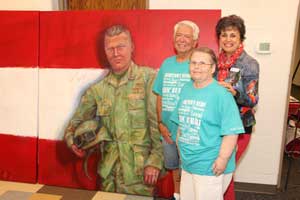 Do life’s challenges make heroes or reveal heroes? Army Spc. Eric Burri was killed while serving in Iraq, but his parents, John and Joanne Burri, kept his memory alive by rallying an entire Midwest community to help Iraqi children. Eric’s life and his parents’ example of how to turn overwhelming grief into an opportunity to help others inspired my ArtPrize Top 20 work called
Do life’s challenges make heroes or reveal heroes? Army Spc. Eric Burri was killed while serving in Iraq, but his parents, John and Joanne Burri, kept his memory alive by rallying an entire Midwest community to help Iraqi children. Eric’s life and his parents’ example of how to turn overwhelming grief into an opportunity to help others inspired my ArtPrize Top 20 work called 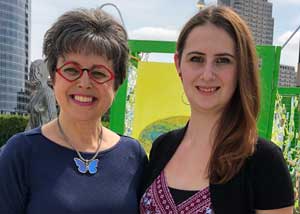 The butterfly effect, an alternative scientific theory, challenges us to consider that every tiny action could have a large effect. The smallest deed or word–positive or negative–has the potential to change the course of an individual’s life. Whitney’s story demonstrates how to turn heartache into an opportunity for hope:
The butterfly effect, an alternative scientific theory, challenges us to consider that every tiny action could have a large effect. The smallest deed or word–positive or negative–has the potential to change the course of an individual’s life. Whitney’s story demonstrates how to turn heartache into an opportunity for hope: